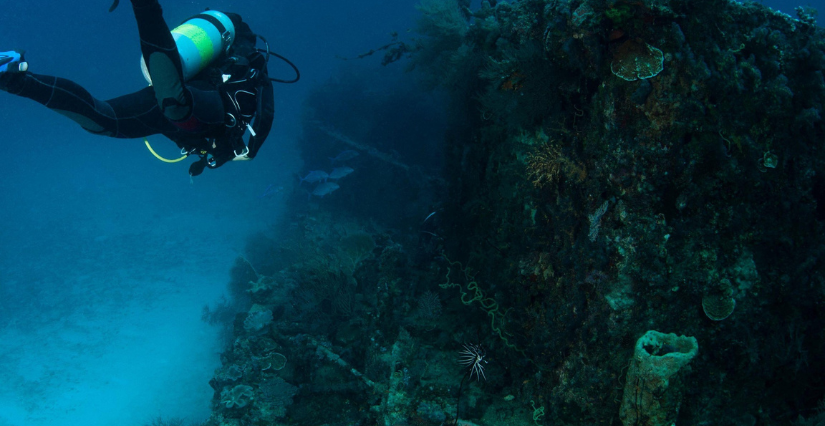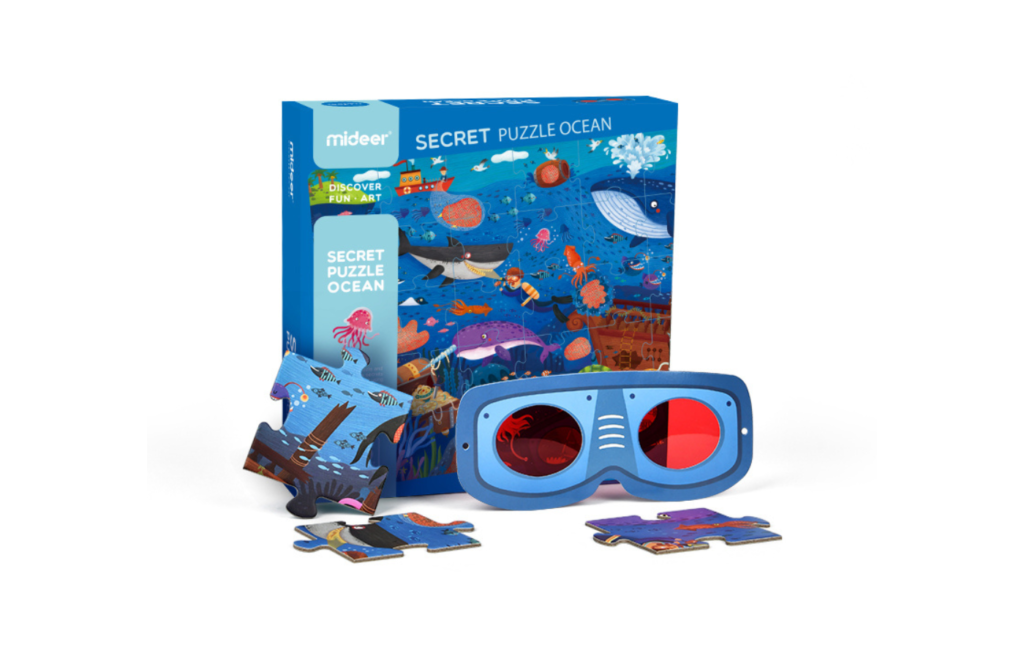The oceans, vast bodies of water that cover more than 70% of our planet, are often perceived as simple maritime boundaries or inexhaustible sources of resources. Yet behind the definition of the oceans lie complex secrets that go far beyond their surface. By exploring not only their composition and ecosystem, but also the environmental and geopolitical issues surrounding them, we discover a rich and fascinating world. What is the true nature of the oceans and how do they influence our daily lives? This exploration leads us to understand not only their ecological importance, but also their role in the climatic and economic balance of our world.
Table of Contents
ToggleThe constituent elements of the oceans

THE oceans represent the immense expanse of salt water covering approximately 71% of the Earth’s surface. They are much more than just bodies of water; they are complex and dynamic ecosystems with specific characteristics.
The chemical composition of the ocean is fundamental. It is mainly made up of water, but with a concentration of salt and other dissolved minerals, forming what we call seawater. Salt comes from the erosion of rocks, volcanoes and underwater hydrothermal vents.
THE sea currents are also essential structural elements of the oceans. They are caused by the Earth’s rotation, winds, the Coriolis effect and temperature. They influence the global climate and the flow of nutrients and heat across the globe. We can mention:
- Surface currents
- Deep currents
The ocean floors contain varied reliefs, including abyssal plains, of the mid-ocean ridges and ocean trenches, resulting from geological activity and plate tectonic movements. These formations greatly influence the marine ecosystem.
Tidal zones, located between low and high water, play a critical role in the transition between terrestrial and marine environments. They are home to exceptional biodiversity and undergo significant variations in temperature, salinity and humidity.
Finally, light in the oceans varies with depth. There photic zone is the upper layer where sunlight penetrates, allowing photosynthesis. The further down we go, the less light is present, until we reach the aphotic zone, dark and cold.
The chemical composition of sea water
THE oceans cover approximately 71% of the surface of our planet, but their definition is not limited only to a large body of water. They are composed of various elements that interact in complex ways. Understanding these components is crucial to perceiving the richness and dynamism of the oceans.
One of the fundamental aspects of the oceans is their chemical composition. Sea water does not only consist of H2O; it also contains many dissolved salts, primarily sodium chloride, as well as other elements and compounds.
- Sodium chloride (NaCl)
- Magnesium sulfate (MgSO4)
- Potassium chloride (KCl)
- Sodium bicarbonate (NaHCO3)
- Calcium (Ca2+)
These chemical components influence the density, salinity, and the conductivity of water. The average salinity of seawater is approximately 35 grams per liter, which represents approximately 3.5% of the total composition. This salinity varies depending on regions and environmental conditions.
In addition to these elements, the oceans are home to a myriad of suspended particles, living organisms, and decaying organic matter. The combination of these different factors contributes to the formation of complex and diverse marine ecosystems.
Marine biodiversity
THE oceans cover approximately 71% of the surface of our planet. They play an essential role in climate regulation, the water cycle and provide a vibrant habitat for a multitude of living things. Discovering what exactly constitutes the oceans allows us to better understand their importance and how to protect them.
The oceans are made up of several distinct elements. First of all, salt water is the main component. The average salinity of the oceans is approximately 35 grams of salt per liter of water. Then, the oceans are rich in minerals dissolved substances such as sodium, magnesium, calcium and potassium.
The ocean floor is also a key element. It is made up of different layers, ranging from the most recent sediments to the oldest oceanic crust. A variety of geological formations, such as seamounts, mid-ocean ridges and underwater trenches, shape the underwater landscape.
There marine biodiversity is astonishing. The oceans are home to a multitude of life forms, from tiny planktons to massive cetaceans. There are also fish, molluscs, crustaceans and corals. Each species plays a unique role in the marine ecosystem, contributing to the food chain and overall health of the ocean.
Several specific ecological zones exist in the oceans:
- The area neritic, close to the coast, rich in marine life due to the abundant sunlight.
- The area pelagic, located in the water column, where many fish spend their lives.
- The area benthic, the ocean floor, hosting species adapted to high pressures and low temperatures.
- The area abysmal, very deep, still largely unexplored, but mysteriously rich in unique species.
The oceans are also deposits of valuable natural resources. They provide oil, of gas, minerals and even medicines derived from marine organisms. Exploiting these resources sustainably is crucial to preserving the marine ecosystem.
In summary, oceans are not simply bodies of salt water. They are a complex and dynamic ecosystem crucial to life on Earth. Understanding their components and the diversity of life they support is essential for their conservation.









